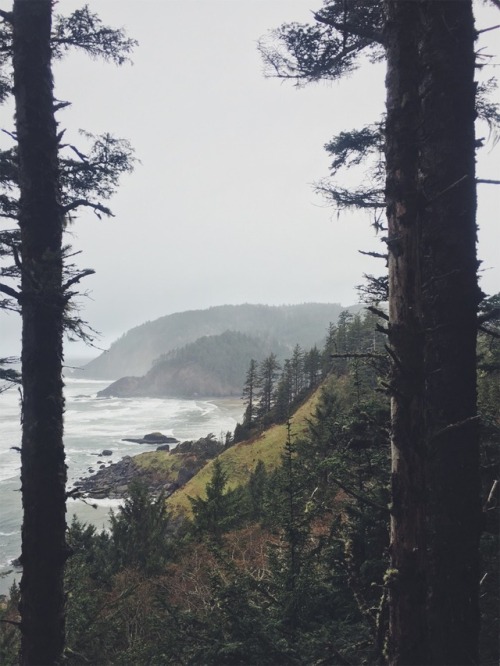When Dwarfs Meet Giants, And Other True Cosmic Fairy Tales
When Dwarfs Meet Giants, and Other True Cosmic Fairy Tales
It’s easy to get lost in fantasy worlds through science-fiction movies and novels, but did you know that some of your favorite fairy tale characters actually exist in cosmic form? From dwarfs and giants to shape-shifters and buried treasure, the universe is home to a multitude of mystical objects.
White Dwarf Stars

You’ve probably heard of dwarfs like Happy and Sneezy (or Gimli and Thorin), but it’s unlikely you’re familiar with the space-dwelling dwarfs with names like Sirius B and ASASSN-16oh. White dwarf stars like these are typically about the size of Earth, which is pretty small as far as stars go. They represent one of three final stages of stellar evolution, along with neutron stars and black holes. Each star’s mass determines which one it will ultimately become. Stars much more massive than the Sun typically become neutron stars or black holes, and lower-mass stars end up as white dwarfs.

Our Sun will eventually become a white dwarf after it exhausts its fuel, but don’t worry — we’ve got several billion years to go! Before it is reduced to a white dwarf it will actually expand into a red giant, swelling out to encompass Earth’s orbit. But we don’t have to wait billions of years to see stellar giants … some already peek out at us from the cosmic deep.
Giants and Supergiants

The red giant star Aldebaran, located about 65 light-years away, is about 5,000 times bigger than Earth. Our Cassini spacecraft imaged Aldebaran through Saturn’s rings in 2006, but you can see it for yourself during northern winter. Just look for the brightest star in the constellation Taurus.

Fairy tale giants may be taller than trees, but these supergiant stars can be over 100,000 times “taller” than our entire planet! Supergiant stars are likely becoming more rare as time goes on. While scientists believe they used to be more common, our whole galaxy now contains just a small smattering of supergiants.

These massive stars grace the galaxy for a relatively small amount of time. They burn through their fuel extremely quickly — in just a few million years, as opposed to hundreds of billions of years for the smallest stars! Supergiants often end their lives in dramatic explosions called supernovae.

Betelgeuse — the bright, reddish star marking the shoulder of Orion — is nearing the end of its life and has expanded to become a red supergiant star. It is destined to explode as a supernova, which might happen tonight … or within the next few hundred thousand years.
Ghostly Solar Neutrinos

Even an average star like our Sun has some seemingly magical qualities. Each second, it sends billions of phantom-like neutrino particles out into space. They travel almost as fast as light and don’t usually interact with normal matter. Billions of them are zipping harmlessly straight through your body while you read this. Even at night they go through the entire Earth before reaching you!

But that’s not all … these ghostly particles are shape-shifters, too! Neutrinos can change characteristics over time, morphing between different versions of themselves. Spooky!
Buried Treasure in the Heart of the Galaxy

Extensive clouds of dust enshroud the heart of our Milky Way galaxy, hiding it from our view — at least when it comes to visible light. The dust isn’t as big a problem for infrared light, however, which has allowed us to get a glimpse of our galaxy’s chaotic core thanks to our Hubble and Spitzer space telescopes.

Future missions may peer into the galactic core in search of buried treasure — thousands of planets orbiting distant stars!
Want to learn about more cosmic objects? Find them here!
Make sure to follow us on Tumblr for your regular dose of space: http://nasa.tumblr.com
More Posts from Rocks-everywhere and Others
Amazing aerial tour around Shiprock - a solidified volcanic plug surrounded by dikes of solidified magma, New Mexico/Navajo Nation.
henry_do
The beauty of our world lies in the details.
pls witness him












Bryce Canyon was just a little chilly. Mossy Cave had truly blue icicles. And I loved these snow curls. I watched the far left one form.
Let me tell you about my panda mini-washer

As an apartment dweller, this is a game changer. My current apartment doesn’t have a laundry facility and the closest Laundromat about a 30 min bus ride which is just not practical. The mini-washer is a life saver
The panda mini washer hooks up to the sink, is incredibly lightweight (about 28 pounds, so light even I can lift it) and easy to use.

It has a surprisingly large capacity. The basket from the first picture represents about one and a half loads. The jeans took up a whole load while the rest filled the bin only half way.

Here’s the inside. The left is the washer the right is the spin dryer. Yes, it even drys.

Basically you shove your cloths into the washer, fill it up with water and let it go. I use my shower head to fill it up so it goes faster, the sink hook up took about five minutes to fill the whole tub, with the shower head is is down to a minute an a half. I do it in three wash cycles, a five minute rinse with baking soda, a five minute wash with soap and a three minute rinse with water. You have to drain and refill between each cycle so it’s a little more labor intensive than a traditional washer.

That’s the spin dryer. It’s about half the capacity of the washer so one wash takes about two loads to dry. The spinner is much more effective than I was expecting. A three minute spin gets my cloths about 90% dry. I hang them up to air dry for that last 10%.
The machine cost me about 150$. When you factor in two dollars for the bus, five for the machines (per week), the mini-washer pays for its self after only about six months worth of laundry.
I’m not great at expressing emotion, but I’m hoping you can tell how excited I am. Let me just say that the panda mini-washer is great and I highly recommend it to anyone currently using a Laundromat.
"Who are you?"

"I'm you but paleontologically accurate"



A columnar basalt staircase from Iceland (was actually not that easy to climb)
-
 juan-francisco-palencia liked this · 10 months ago
juan-francisco-palencia liked this · 10 months ago -
 foiheltincde liked this · 1 year ago
foiheltincde liked this · 1 year ago -
 lusteller reblogged this · 2 years ago
lusteller reblogged this · 2 years ago -
 tristapena777 liked this · 2 years ago
tristapena777 liked this · 2 years ago -
 tylerinathecosmicprincess reblogged this · 3 years ago
tylerinathecosmicprincess reblogged this · 3 years ago -
 tylerinathecosmicprincess liked this · 3 years ago
tylerinathecosmicprincess liked this · 3 years ago -
 thewildcalledmeback reblogged this · 3 years ago
thewildcalledmeback reblogged this · 3 years ago -
 mahosniaj liked this · 3 years ago
mahosniaj liked this · 3 years ago -
 fucking-what liked this · 3 years ago
fucking-what liked this · 3 years ago -
 herazul liked this · 3 years ago
herazul liked this · 3 years ago -
 callmelivv liked this · 3 years ago
callmelivv liked this · 3 years ago -
 shyjellyfishanchor liked this · 4 years ago
shyjellyfishanchor liked this · 4 years ago -
 lilabtme reblogged this · 4 years ago
lilabtme reblogged this · 4 years ago -
 a-lonely-potatoe-blog reblogged this · 4 years ago
a-lonely-potatoe-blog reblogged this · 4 years ago -
 colorfulkittyphilosopher liked this · 4 years ago
colorfulkittyphilosopher liked this · 4 years ago -
 jelsadorable reblogged this · 4 years ago
jelsadorable reblogged this · 4 years ago -
 nlockett liked this · 4 years ago
nlockett liked this · 4 years ago -
 l-eresia-del-5 reblogged this · 4 years ago
l-eresia-del-5 reblogged this · 4 years ago -
 l-eresia-del-5 liked this · 4 years ago
l-eresia-del-5 liked this · 4 years ago -
 bat-tool liked this · 4 years ago
bat-tool liked this · 4 years ago -
 everyonesfavoritelesbian liked this · 4 years ago
everyonesfavoritelesbian liked this · 4 years ago
225 posts






